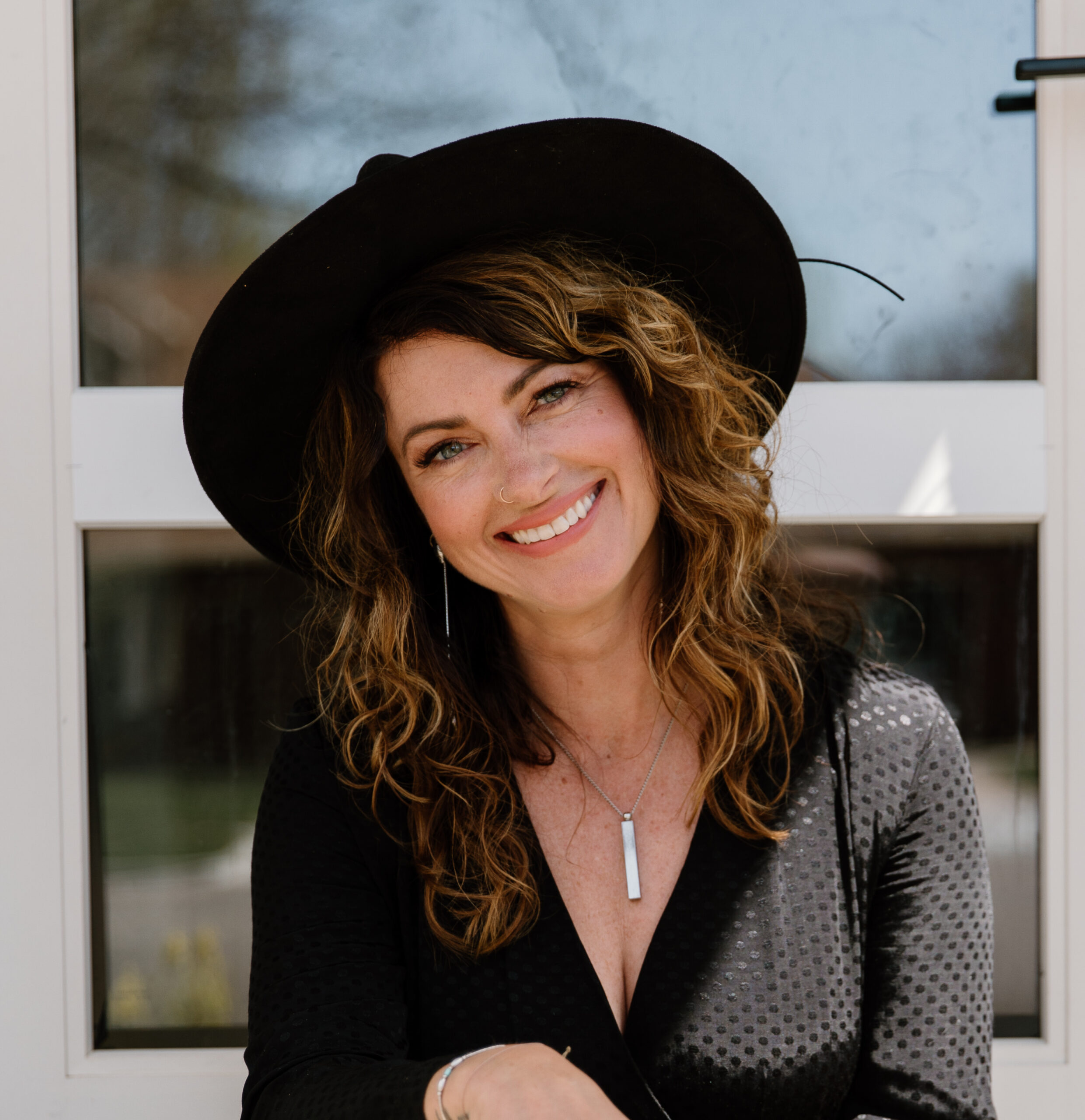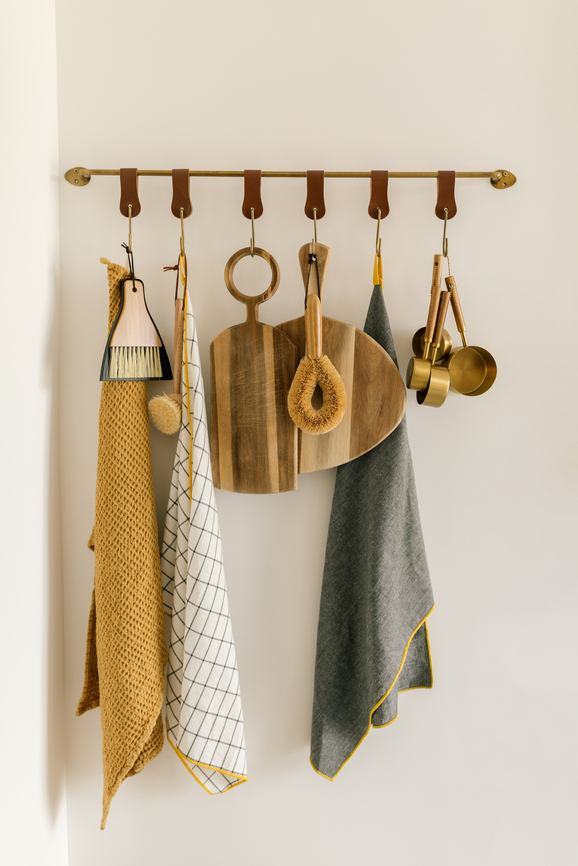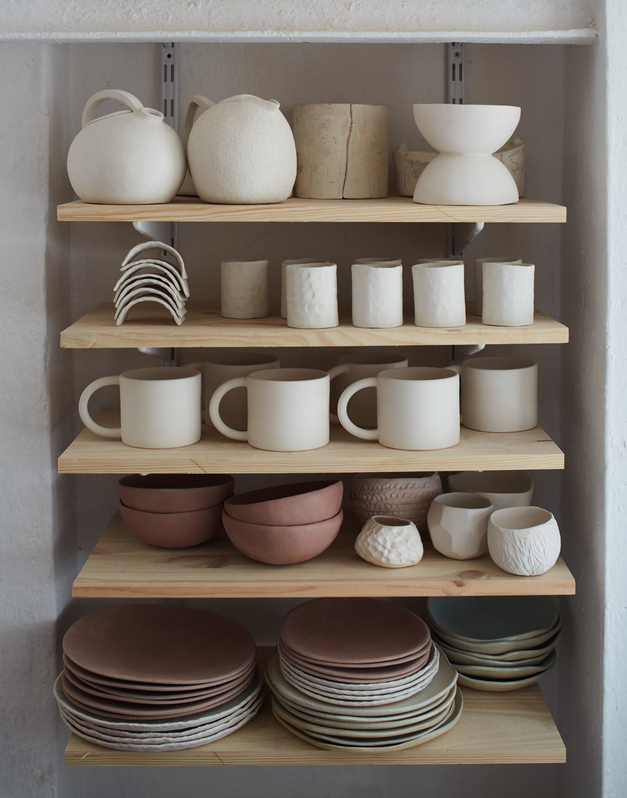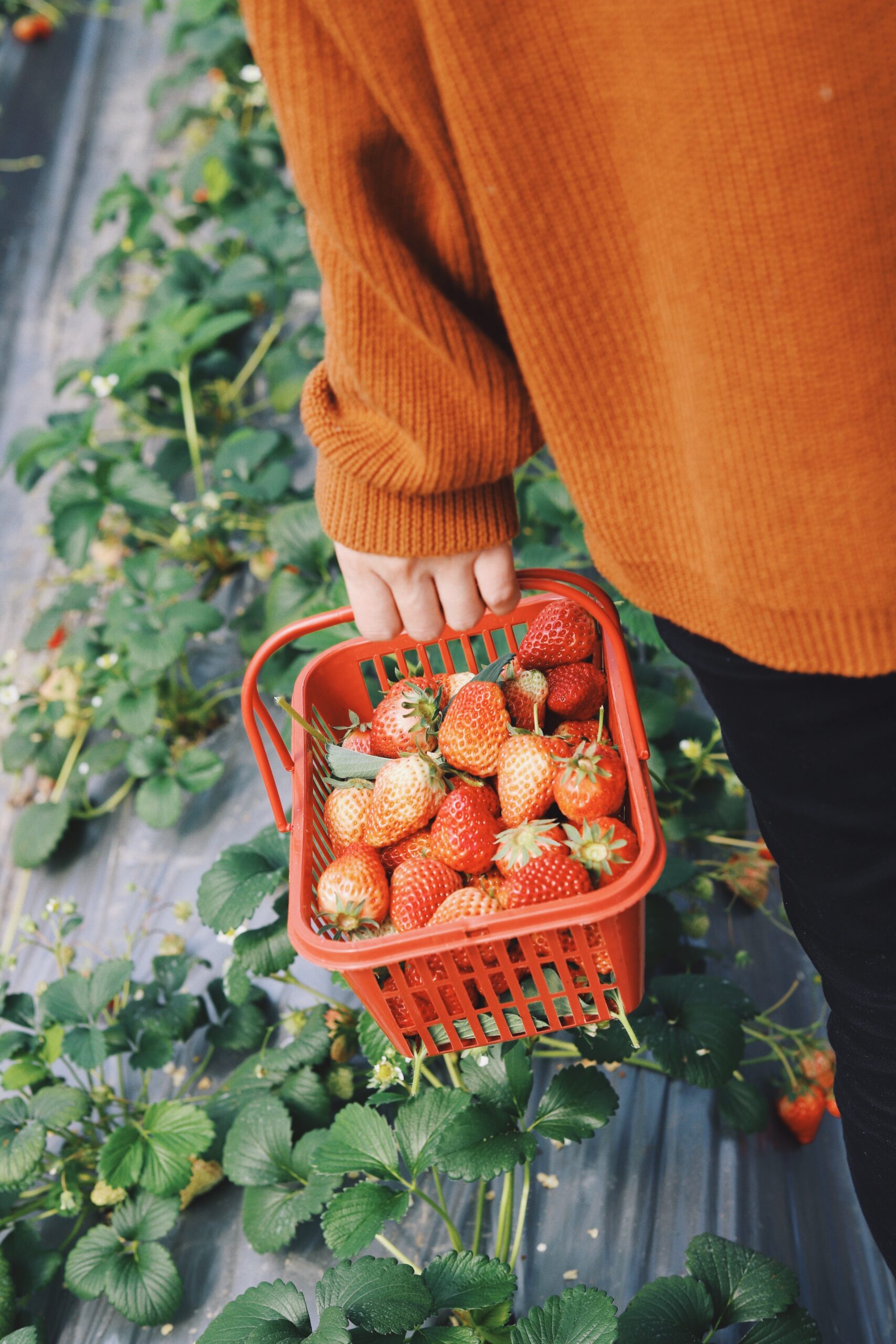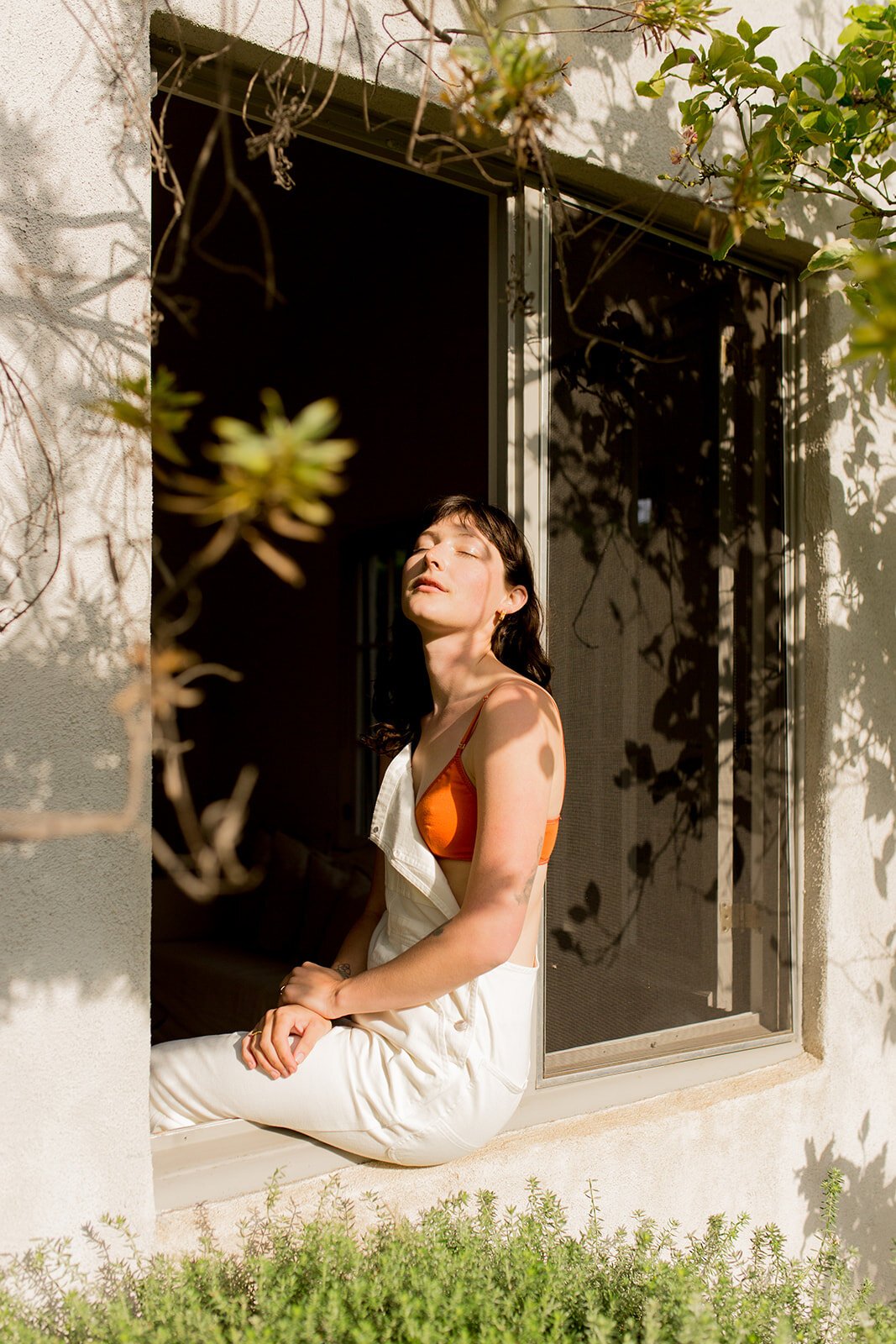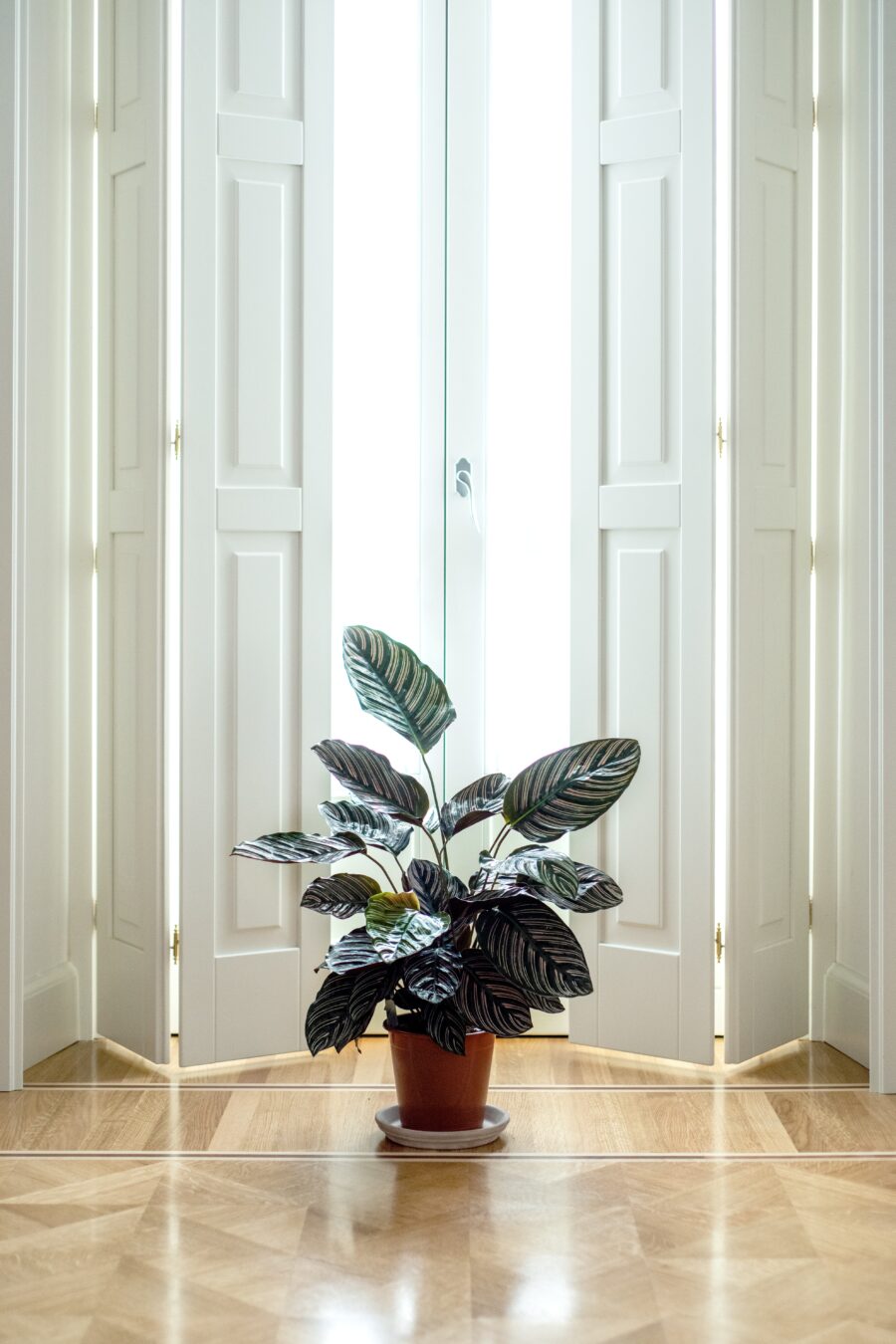
How To Care For Houseplants
For most of my life, I have been too scared of the responsibility of keeping something alive to give myself permission to buy a plant, bring it home, and love it hard.
What if my plant baby hates me? What if I feed it too much and it drowns? What if I don’t feed it enough and it starves? What if it can sense all of my secrets floating in the air like poison gas and it chokes?
What if my love is not enough?
But I had to trust myself, and I had to try. Here’s what I needed to do to become a plant parent. (Hint: all of the following tips apply not only to plant babies but to life in general.)
1. Trust you are enough to care for something
I know. It sounds like a therapy session…but it kind of is. Deciding to embrace the responsibility of nurturing a living thing brings up worthiness issues. It just does. And that’s OK. Embracing the risk of failing is the first step towards loving well.
“You will learn how to take care of plants by failing at taking care of plants—there is no other way.”
The truth is, a plant will die under your watch. You will learn how to take care of plants by failing at taking care of plants—there is no other way. There is no perfect formula, no expert who gets it right every time, and no guarantees when it comes to life (and love).
As the poet Roethke said, “you learn by going where you have to go.” You, deciding to open your heart and care for a living thing, are an absolute miracle. You are not a failure. You are a try-er. And this means you are enough.
2. Start with plants that require very little
Other than air plants that need only air to survive (and a soaking every two weeks…which I tend to forget…which means I have ironically killed more air plants than any other plant species), succulents are the lowest maintenance plants on the market. They are self-sufficient survivors storing water like camels and doing their thing despite us. Just let them be. Put them somewhere where they get decent light most of the day and rotate them occasionally. They are lovers of equality and want no part of themselves to be left out.
Case in point, succulents will stretch towards the sun (isn’t that incredible?). They don’t need much, but what they do need, they are real clear about.
3. Learn basic care principles
I am more like an attachment parenting kind of plant parent than a put my baby on a feeding schedule parent. If my babies seem to need me, I give them what they need. Here’s how you know if your plants need you: pay attention. If your plants look dry and thirsty, they probably are. If they look wilty and brown on the tips, they’re most likely water-logged. If you’re unsure on the water situation, get your hands dirty and stick a finger in the soil. Once the top 1.25 inches of soil has dried out, water again.
“Here’s how you know if your plants need you: pay attention.”
To help maintain the “just right” Goldilocks balance of hydration, ensure you get the right dirt. Succulents need succulent dirt—it’s granular, more like the desert, and called things like perlite or pumice. To assist succulent drainage, put a thin layer of aquarium gravel on the top of the soil; it’s also a beautiful aesthetic.
Other plants need regular potting soil (this one is free from peat moss and synthetic additives). Oh, and when choosing a planter, do not snag some sexy concrete situation that ends up being a plant coffin. Choose a pot with a hole in the bottom. Water-logged plants rot. It’s good practice to let things flow for plants and people.
(Hint: if you have to have the sexy concrete pot, you can put the ugly plastic pot with the hole in the bottom inside the sexy concrete pot. It’s like Spanx—nobody needs to know what’s holding it all together except for you.)
4. Tend to beauty
Plants like to be touched. Their leaves gather dust, and dust can inhibit growth. As the poet Anis Mojgani tells us, “Shake the dust.” We all need strokes occasionally, so give your plants all the love your two hands and a damp paper towel can handle. It goes for humans too…maybe not the damp paper towel part, but don’t let things that no longer serve you accumulate and hold you back.
(Hint: If you’ve got a big ol’ baby that could take all day to wipe clean, take it into the bathroom and give it a room-temperature shower.)
5. Follow the light
When you know where the light comes from, you can position your plant babies for thriving. Some are introverts who appreciate shady nooks; some are extroverts who crave the sun spotlight; and some are ambiverts who need equal shade and light. In general, most plants call for “bright, indirect light.” Put your plants where they see the sky.
Random fact: there is a plant called “Mother in Law’s tongue” aka the “snake plant” aka “Dracaena trifasciata” that can survive almost anywhere in any kind of light. Are we surprised with that kind of name?
The monstera and the ZZ plant can also thrive almost anywhere, which makes me think of Lady Gaga and ZZ Top—both icons of versatility.
6. Honor the seasons
“Life lesson: don’t stay too long in an environment that keeps you from expanding. You are made to take up space.”
Just like humans, the needs of your plants will shift with the seasons. Plants in the winter might lose leaves and need less water. In the same way, plants in the summer might go through a growth spurt. In every season, don’t be afraid to prune. When you eliminate the half-dead stuff, more energy is redirected to the parts that want to grow.
When plants outgrow their pots, they become “rootbound” (the roots coil up at the bottom). When this happens, it’s time to gently remove the plant, trim any brown or mushy-looking roots, and find a new pot with 2-4 inches more growing space.
Life lesson: don’t stay too long in an environment that keeps you from expanding. You are made to take up space.
7. Ask for help when you need it
Nobody should have to learn how to be a parent all on their lonesome. It is brave and wise to ask for help. If your babies need something and you can’t figure out what it is, call the plant whisperers. Those people on the other end of the phone at the local nursery are lovers of nature and want to help you, even if you didn’t buy your plants from them. If need be, bring pictures of your babies to the experts who understand that your babies are everybody’s babies and it is an honor to be included in the kind of community that takes care of its children.
“It is brave and wise to ask for help.”
Also, there are a lot of articles, including this one, with great advice about how to keep plants alive, so get some basic tools in your plant toolbelt; trust you’re going to do the best you can with the tools you have acquired, ask for help when you need it, and then let yourself off the hook when things don’t go the way you hoped.
8. Slow down and listen
The wild thing about taking care of wild things is that caring for your plants teaches you how to care for yourself.
Plants are the kindest mirrors.
“Plants are constantly inviting us to slow down and listen.”
Time and time again, when I am burnt out, my plants end up parched. When I am anxious and obsessive, my plants end up overwatered. When I am overworked and neglecting my soul, my plants reflect this neglect, like a gentle reminder, “Honey, you are also a living thing, and why don’t you take a nap.”
This is the beauty of becoming a plant parent: your babies will teach you as much as you will ever teach them.
Plants are constantly inviting us to slow down and listen. To remember that the deep things take time, and much of what makes us happens in the day in and day out faithfulness of continuing to show up, put in the work, and release our attachment to the outcome.
So, give yourself permission to try.
Risk loving a plant, and you will learn more about what it means to be human.
Trinity Wilbourn is a Denver-based freelance writer, mind/body coach and intuitive guide. As an educational consultant, she works at the intersection of Social Emotional Learning, Mindfulness, and the science of nervous system regulation. In her free time, she can be found hanging with her four kids, spooning her Bernedoodle, singing opera, and dancing in the kitchen. Learn more and explore her offerings at www.trinitywilbourn.com or follow her on Instagram.
